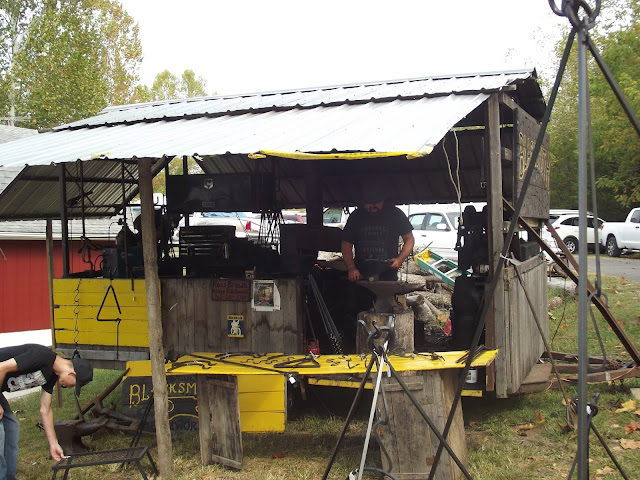 |
| Short History of Roads and Highways |
Description:
From the first rude ridge ways to the modern interstate superhighway, the evolution of the road is a fascinating story. Readers will learn the progression of roads from the first ridge ways, roads in the ancient world, Roman roads and the development of the revolutionary McAdam Road. Native Americans developed an extensive system of trails for both trade and war. The pioneers used parts of these trails to forge the first traces that penetrated the interior of the developing United States. Readers can also follow the progression of the United States highway system from the first named highways to the modern interstate system first established in the late 1950's.
Visit Mossy Feet Books on Facebook
Buy Direct from Author
Softbound Price - $ 6.99
Available In Multiple Formats - Ebook And Softbound:
Kindle
Amazon Softbound
Barnes & Noble
Barnes & Noble - Softbound
Kobo
Google Play
Scribid
24 Symbols
Walmart Books
Apple
Vivilio
Wholesale Pricing Available
For more information, contact:
Mossyfeetbooks@gmail.com
Orders over $50.00 Free Shipping
Join Paul Wonning on:
YouTube
Paul Wonning's Books on Amazon Page
Paul Wonning's Books on Scribd Page
Paul Wonning's Books on Apple
Paul Wonning's Books on Kobo
Paul Wonning's Books on Barnes and Noble
Paul Wonning's Books on 24 Symbols
Paul Wonning's Books on Google Play
Paul Wonning's Books on Indigo
Paul Wonning's Books on Playster
Paul Wonning's Books on OverDrive
Search Paul Wonning on Ingrams
© 2020 Paul Wonning
Other Books in the Series:
Short History of Libraries, Printing and LanguageShort History of Fire Fighting
Short History of Roads and Highways
Short History of Railroads
Short History of the Discoverers
Short History of Gardening and Agriculture
Short History of Public Parks
Short History of Political Parties
A Short History of Traditional Crafts
Table of Contents
Introduction
Evolution of Road Building Materials
Historic Roads
Native Roads and Wildlife roads in North America
Old Pioneer Roads
Post Road from Madison Portland, Maine, to Savannah, Georgia
The 1807 Gallatin Plan
The Bonus Bill - 1817
The American System 1820
Maysville Turnpike Act of 1827
Panic of 1837
Named Highways
Good Roads Movement
Office of Road Inquiry
American Motor League
The Horseless Age
American Automobile Association
Office of Public Roads
Questions Over Constitutionality of Federal Road Construction
American Association of State Highway Officials
Federal Aid Road Act of 1916
1919 Military Caravan
Federal Aid Highway Act of 1921
Pershing Map
Uniform Signage Introduced
United States Highway Numbering System Approved
Federal-Aid Highway Act of 1938
German Autobahns
Federal-Aid Highway Act of 1944
Federal-aid Highway Act of 1956
Classifications of Roads
Top of Page
Introduction
Evolution of Road Building Materials
Historic Roads
Native Roads and Wildlife roads in North America
Old Pioneer Roads
Post Road from Madison Portland, Maine, to Savannah, Georgia
The 1807 Gallatin Plan
The Bonus Bill - 1817
The American System 1820
Maysville Turnpike Act of 1827
Panic of 1837
Named Highways
Good Roads Movement
Office of Road Inquiry
American Motor League
The Horseless Age
American Automobile Association
Office of Public Roads
Questions Over Constitutionality of Federal Road Construction
American Association of State Highway Officials
Federal Aid Road Act of 1916
1919 Military Caravan
Federal Aid Highway Act of 1921
Pershing Map
Uniform Signage Introduced
United States Highway Numbering System Approved
Federal-Aid Highway Act of 1938
German Autobahns
Federal-Aid Highway Act of 1944
Federal-aid Highway Act of 1956
Classifications of Roads














































